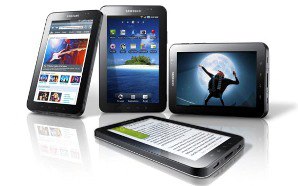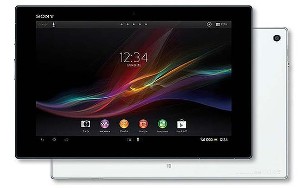When Mac OS X Lion came out, it introduced many new features which were inherited from iOS. One particular feature (rather a nuisance) of iOS is called ‘auto-correct’, which “intelligently” corrects a wrongly-spelled word. But quite often, the word gets auto-corrected to something totally irrelevant. Sure enough, the user doesn’t see that, and realizes this only when it is too late (after sending a mail or a message). The same happens in Mac OS X Lion, thanks to auto-correction. So instead of using this, you should turn it off. To do so, go to System Preferences, click ‘Language and Text’, and then click the ‘Text’ tab. Now uncheck ‘Correct spelling automatically’, and this annoying feature will be turned off.
One more feature of Mac OS X Lion is ‘inverted scrolling’. When you scroll, the content on the screen moves with the movement of your finger. For instance, if you’re viewing a web page or a document, when you scroll (move your finger) downwards, the page scrolls down, and vice versa. This is not the traditional scrolling method we are used to, and is quite an annoyance. To disable it, open System preferences, click Mouse (or trackpad), and uncheck ‘Use Natural Scrolling’. Now your scrolling will be reverted to the old way, that is, finger moves down for scrolling, content goes up (and vice versa).
There’s a neat and clever way of checking the status of the battery of your Mac laptop. This will show you whether the battery is in a good condition, and whether or not it needs to be replaced. To do so, click the Apple logo in the menu bar, and click ‘About this Mac’. Click ‘More Info’, and then click ‘System Report’ (if you’re running Lion). The system profiler will open. Click ‘Power’ and have a look at the ‘Cycle Count’ and ‘Health’ entries. A cycle count of under 1000 means your battery is just fine (valid for 2010 and latter models of Apple laptops), and you can double-check this from the ‘Health’. The health status will be Good, Normal, or Replace Soon. You can also do this while buying a used Mac laptop, so that you can be sure that you get one with a good battery.
Other tips and tricks
Do you like how desktop wallpapers automatically change in Windows 7? You can do the same in Mac OS X as well. Right click on the desktop, click ‘Change Desktop Background’ and check ‘Change Picture’, and then set the duration after which you want the desktop background to automatically change.
Need to do a fast calculation? Forget opening the calculator app or switching to dashboard to use the calculator, and just write down the calculation in Spotlight. You can also use brackets to do more precise calculations.
If any program or application has stopped responding and is not opening, press Command+Option+Escape keys together to bring up a list of running applications, and then you can you can Force Quite any application that’s not responding.
The Mac emits a certain sound (called the Mac ‘chime’) every time it is turned on. But you certainly won’t like to hear its “BONGGG” sound when you’re in a silent meeting, right? In order to do so, press and hold the Mute key on your keyboard as you turn on your Mac. Keep holding till you see the Apple logo appear.
Now try all these tricks on your Mac. And the best thing is that you can easily share these simple yet impressive tips with your fellow Mac users through social media. There are a lot more tips and tricks, so keep discovering them to have an even better Mac experience.


